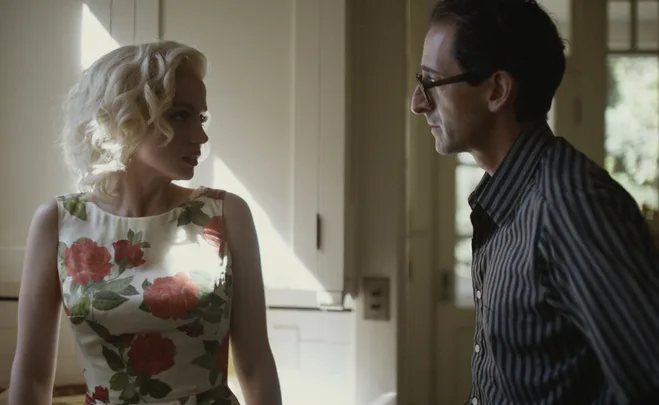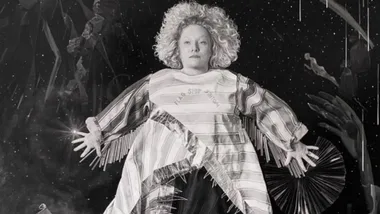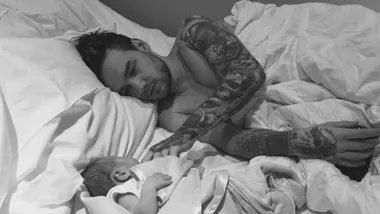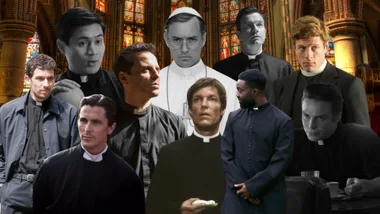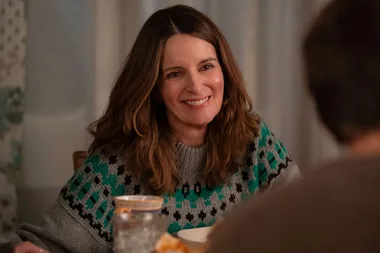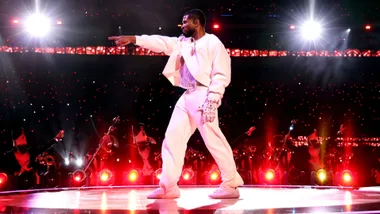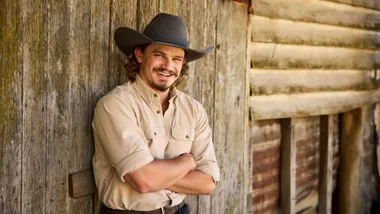Content warning: this article discusses sexual assault and substance abuse and may be distressing to some readers.
It was lauded by critics and received a standing ovation at the Venice Film Festival, but several weeks on, the official release of Blonde on mega-streaming platform Netflix has been shrouded in controversy.
The film, directed by Andrew Dominik and adapted from Joyce Carol Oates’s novel of the same name, supposedly uncovers another, rarely seen side to the Old Hollywood icon’s story. Even from the first teaser, it was easy to gather that the nearly three-hour long feature would be dark and deeply twisted.
Blonde also received the rarely used NC-17 rating, the highest possible rating any theatrical film can receive—indeed, this was no easy watch.
But most intriguingly, while the storyline is based on a real person, Oates has been vocal about the fact her novel is a work of fiction, calling it a “distillation” of Monroe’s life.
This perhaps was the controversial justification behind some of the film’s themes (and specific scenes) taking an inch of the truth and stretching it far beyond a mile—from confronting depictions of sexual assault, abortion and suicide, viewers were shocked to see such graphic portrayals of real life people, and even more so because they weren’t even true.
To make matters worse, Dominik has been merciless in the aftermath, telling Screen Daily: “It’s a demanding movie. If the audience doesn’t like it, that’s the f**king audience’s problem. It’s not running for public office. It’s an NC-17 movie about Marilyn Monroe, it’s kind of what you want, right? I want to go and see the NC-17 version of the Marilyn Monroe story.”
Below, we unpack the film’s most controversial moments—and what’s been said about them.
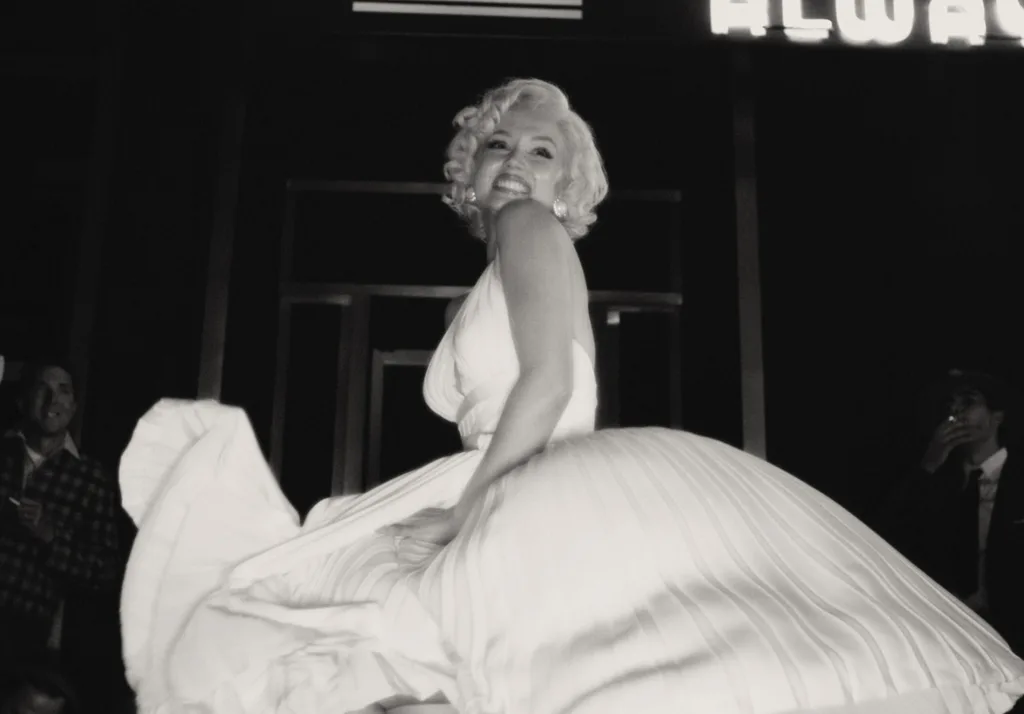
The abortion scene
A particularly confronting scene depicts Monroe (played by Ana de Armas), undergoing an abortion which features a full-frontal shot and a cartoon depiction of the foetus.
While it’s been claimed that Monroe did have several abortions in real life, these have never been backed up with hard evidence.
Even more disturbing is the depiction of the foetus, which, as pointed out in an op-ed by writer Tess Garcia via Glamour, has distinguishable facial features, fingers and toes and even goes as far as to speak to Monroe via her subconsciousness. The implication behind this cannot be ignored when it comes to abortion rights. At the stage that Monroe was pregnant in the film, the foetus could not have developed to this point biologically. Worse still, the foetus actually asks Monroe not to abort it, and after she has undergone the procedure, Monroe appears to regret the decision.
This apparent anti-abortion reference was not one that Dominik seemed concerned with, as he revealed in an interview with Sight & Sound.
“She wants to have a child because she wants to rescue herself. Her own experience of motherhood is disastrous, based on her own mother. But that baby is real to her, and so that’s why you see the baby. I don’t think the scene would feel as real [otherwise],” he said.

The depictions of sexual assault
From an audition rape scene with studio executive Darryl F. Zanuck to disturbing references of former US president JFK sexually assaulting her, the film’s depiction of sexual violence is confronting to watch considering they include real-life historic figures—and more so because there’s no factual evidence to suggest this actually occured.
While claims that Monroe and JFK had extra-marital affair have circulated for decades, not one alleged account has referenced their relationship as abusive.
Meanwhile Zanuck (the film references him as “Mr. Z”) was known for his private “conferences” with budding actresses (New York Times even claimed he had a “well-documented habit of flashing his penis at women”), but there was never any factual indication that Monroe was a victim of this behaviour.
Biographer Anthony Summers, who wrote Goddess: The Secret Lives of Marilyn Monroe, interviewed almost 700 people for his book, and while he states that Monroe had several “casting couch” sexual encounters, he said there was “nothing to suggest that any Hollywood producer raped Monroe”.
As a result, the sexual assault scenes have been met with disgust from viewers, with one writer on Twitter: “I don’t get how this Blonde was allowed to be made if he wanted to make a fake story and have it all be fictional events why couldn’t he just make an original character why did it have to be marilyn monroe and depict fake r4pe scenes between real people like let her f**king rest.”
Another added: “Just watched #Blonde … it puts norma/marilyn in a box that only allows to her be abused, sexualized, or call people daddy. extremely strange. maybe we stop letting misogynistic men try to make groundbreaking films about women- of which they know nothing about.”
Monroe’s death scene
The movie ends with Monroe’s death at her LA home, which tragically occurred after she overdosed on barbiturates and alcohol when the actor was just 36 years old.
As it turns out, Dominik shot this scene in the exact same room where Monroe died in 1962.
Viewers were unsurprisingly disturbed, calling Dominik out for exploiting the tragedy.
“Blonde RECREATED marilyn’s death at the EXACT SPOT she died??????????? how was this even allowed??????,” one wrote on Twitter.
Another replied: “When this movie was announced i was excited, i really hoped they would have actually told her story accurately and did her justice but nope. this entire movie feeds into the sexualization and fantasies of her and making it worse. this movie should have never been made.”
The final scene undoubtedly cements the argument that while Dominik can claim Blonde as art and cinema all he wants, it doesn’t detract from the fact that it exploits real people and real events for the sake of entertainment. If you watch this one, proceed with caution.
If you are experiencing sexual abuse or other unwanted behaviour, please contact Full Stop Australia, and if you or someone you know needs help you can call Lifeline on 131 114 or Beyondblue 1300 224 636.
